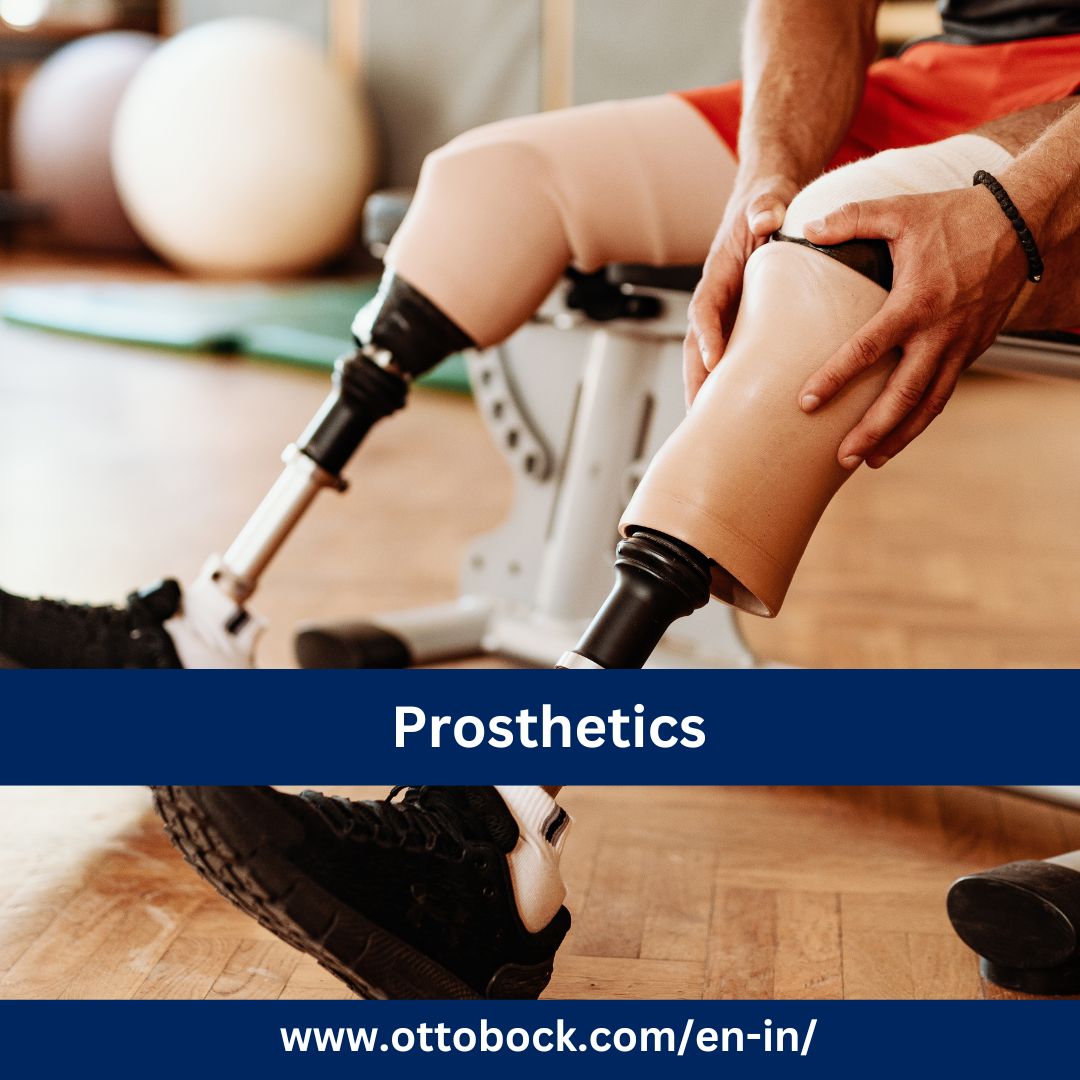
In the past, an amputation meant a lifetime of challenges and limitations. However, with the incredible advancements in prosthetics, individuals who have lost a limb can now look forward to regaining their independence and restoring their mobility. Prosthetics have come a long way, transforming the lives of millions, and providing them with a newfound sense of freedom and functionality.
Prosthetics are devices that are designed to replace a missing body part, whether it be an arm, leg, hand, or foot. The basic concept of prosthetics has been around for centuries, with ancient civilizations crafting wooden limbs to assist those who have suffered from amputations. However, the technology has evolved tremendously over the years, harnessing the power of modern science and engineering.
One of the most significant advancements in prosthetics is the use of advanced materials. Traditional prosthetics often consisted of wood or metal, which were heavy and limited in their capabilities. However, with the introduction of lightweight and durable materials such as carbon fiber and titanium, prosthetics have become lighter, more comfortable, and more natural in their movement.
Another exciting development in prosthetics is the integration of robotics and artificial intelligence. These technologies have revolutionized the field, allowing for the creation of bionic limbs that closely mimic the movement and functionality of natural limbs. These advanced prosthetics can be controlled by the user's muscle movements or even by neural signals, providing a seamless integration with the human body.
































